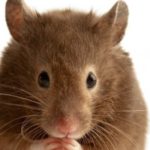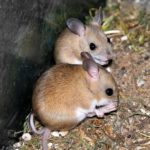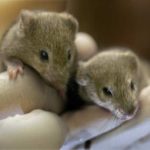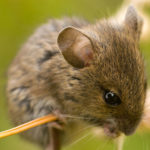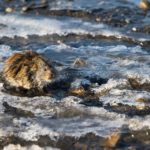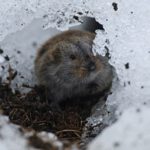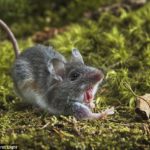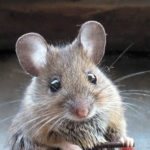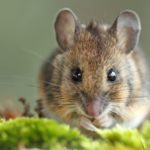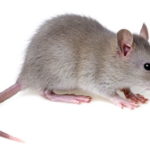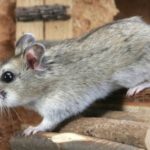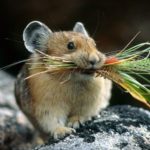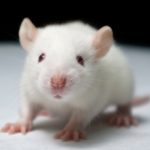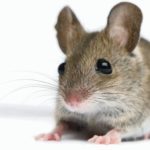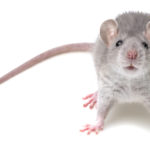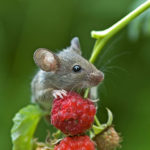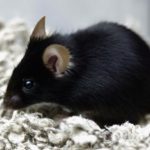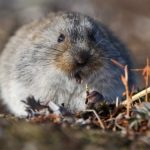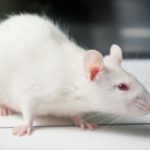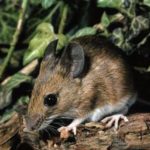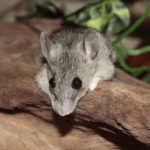Mice
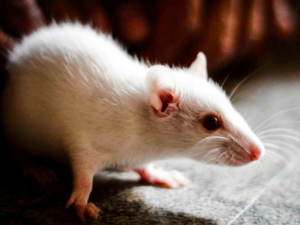 Mice are a very large group of small rodents of the same type and a similar lifestyle. In the detachment of rodents, mice form a separate family, numbering almost 400 species. These rodents are related to rats, hamsters, voles and mice.
Mice are a very large group of small rodents of the same type and a similar lifestyle. In the detachment of rodents, mice form a separate family, numbering almost 400 species. These rodents are related to rats, hamsters, voles and mice.
Among the mice, small animals predominate, whose body length does not exceed an average of 7-10 cm, of which half is tail. The smallest species is a small mouse with a body length of only 5 cm. Like all rodents, mice have a relatively short neck, short and thin paws with tenacious fingers, a long thin tail. The eyes of all the mice are small, except for the kangaroo mice. Near the nose grow sensitive vibrissae (“whiskers”), which allow rodents to touch objects and navigate in space even in total darkness.
Ears are semicircular in shape, not too large, but this does not prevent mice from hearing well. Unlike other rodents, mice do not have cheek pouches to carry food. The body of mice is covered with short hair, the tail is covered with horny annular scales, between which grow sparse hairs. The needle mouse and Elliott mouse on the back have sparse spines. Coloration of most species is monotonous: gray, red, brown; Variegated and striped mice on the dorsal side have stripes.
Initially, various species of mice lived on all continents, except North and South America, but along with the man these rodents settled and where they were not. Now mice are found on all continents and many islands of the Earth. Mice inhabit all climatic zones and zones: tropical, deciduous and coniferous forests, meadows, marshes, steppes, semi-deserts, mountains (up to 4000 m in altitude), human settlements.
House and Cairo mice live mainly in human dwellings and close proximity to them. For the most part, these rodents are sedentary, only because of natural disasters (floods, forest fires, massive deforestation) they can migrate to a distance of several kilometers, but no more.
Species that live in steppe and forest areas do not swim well, mice that live in swamps feel themselves in the water freely. These animals lead a solitary lifestyle, with the exception of the Kurgan form of the house mouse. These animals by the autumn gather in groups of 15-30 individuals and work together to make reserves, and also build a common hole. There are three types of dwelling in mice: one species digs complex and branched burrows independently, others arrange simple burrows or occupy other people’s, third species prefer to nest the stems of grass.
These animals are active mainly in the dark, but in the daytime they can often be shown on the surface, especially during the ripening season, when they mass-feed for the winter. Mice do not go into hibernation, they are active all year round. In winter, they can rarely be seen, since they prefer to move under the snow without leaving the surface. Along with the stocks made in the autumn, the mice keep actively searching for food in the winter. These animals behave very carefully. As well as rats, mice are timid, distrustful, sensitive to the slightest sound and vibrations of the soil, in case of danger they immediately let it out. Running these animals very quickly, given their small size and short paws. Mice communicate with each other with a thin squeak. Kangaroo mice often settle in the burrows of rat kangaroos and share a common dwelling.
